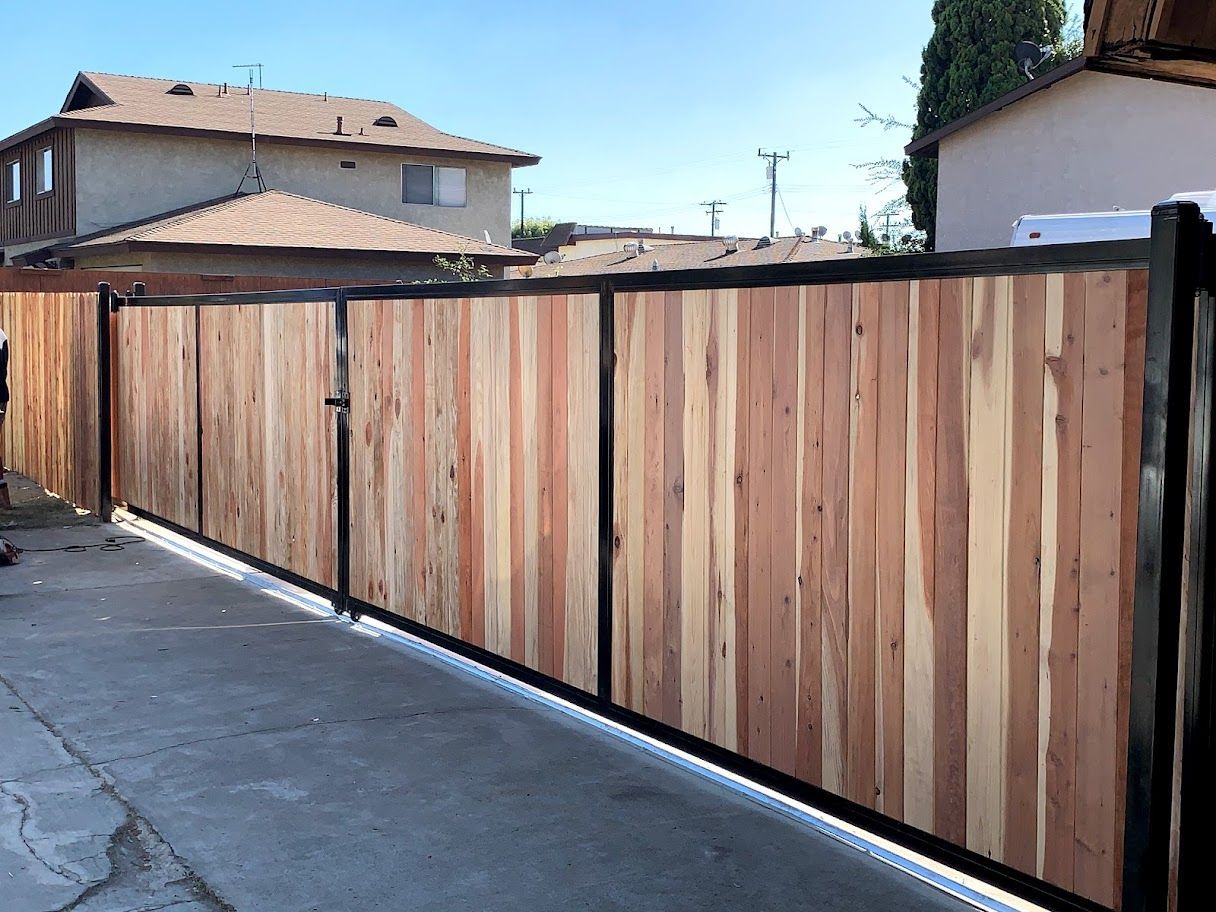All Categories
Featured

A fencing offers as more than simply a limit; it offers personal privacy, protection, and improves the aesthetic allure of your residential or commercial property. Like any exterior framework, a fence will unavoidably face wear and tear from the components and age. While regular maintenance can expand the life of your fencing, there comes a time when repair work no longer are sufficient, and it's time to consider replacement. How do you understand when your fencing is past conserving? Right here are some key indications that your fencing might require to be changed.
- Noticeable Damages or Use. Wooden fencings are specifically susceptible to splitting or splintering over time, while vinyl fencings can create fractures. If the damages is architectural or extensive, repairing specific areas might not be enough, and changing the fence ends up being necessary.
- Rot and Decay. Wood fencings are specifically susceptible to rot, specifically in locations with high moisture or constant rains. When moisture obtains caught in the timber, it can result in decay. If you see that parts of your fence feel soft to the touch or if you see mold and mildew or fungi growing, it signifies rot. Minor rot can often be repaired, substantial decay, especially near the base of fence blog posts, can jeopardize the honesty of the entire fencing. In such situations, replacement is generally the finest alternative.
- Leaning or Tilting. A leaning fencing is a clear indicator that something is wrong with its structural support. With time, messages might change due to dirt erosion, water damages, or perhaps origin growth from neighboring plants. While small tilting can in some cases be fixed by straightening out the articles and protecting them, considerable leaning usually indicates that the messages have been damaged beyond repair. It might be time to replace the damaged sections or the whole fencing. if the fencing proceeds to lean in spite of efforts at correction.
- Rust or Corrosion (For Metal Fencings) If you have a steel fencing, especially one constructed from functioned iron or rust, steel or rust can damage its framework. While small corrosion can frequently be eliminated and dealt with, considerable rust that endangers the fence's security is a sign that replacement is necessary. If the rust has actually spread out considerably or deteriorated the steel, it can make the fencing unsafe or undesirable. It's better to change a heavily rusted metal fencing than to continue trying repair work.
- Insect Infestations. Wood fences are a typical target for parasites like termites, carpenter ants, and rodents. These parasites can create comprehensive damages by tunneling right into the timber and damaging its framework. If you observe tiny holes, sawdust heaps, or actual insects residing in your fence, it's crucial to attend to the infestation immediately. In situations where the damages is severe, the afflicted fence articles or boards may need to be replaced to recover the fencing's stability.
- Trouble Preserving the Fence. If you discover yourself regularly making repair services to the exact same locations of your fence, it might be a sign that the fencing is past its prime. If you're investing even more cash on patching up old areas than you would certainly on a complete replacement, it's time to take into consideration changing the fence completely.
- Age of the Fence. While the life expectancy of a fencing can differ depending on the material, weather, and area conditions, most fencings last in between 15 and 20 years. If your fence is coming close to or surpassing its anticipated lifespan and revealing signs of wear and tear, it may be time to replace it.
- Outdated Look. In some cases, a fencing simply becomes outdated, no longer matching the style or needs of your residential or commercial property. If your fence no longer enhances your building or meets your needs-- such as privacy, security, or aesthetics-- it might be time to take into consideration a replacement.
- Fence No Longer Offers Its Purpose. Your demands for a fencing can progress over time. In such cases, changing the fence with one that meets your present requirements is the finest selection.

Final thought. A fencing is a vital part of your home's exterior, supplying safety, design, and privacy. Like any type of structure, it will at some point reveal indications of aging or damage. If you discover any one of the signs noted above-- visible damages, rot, leaning, pest infestations, or an obsolete appearance-- it may be time to replace your fencing. Changing an old, damaged fencing can improve the total worth of your building, improve safety and security, and provide your lawn a fresh appearance. By maintaining an eye out for these signs, you can make an educated decision concerning when it's time to spend in a new fencing.
Latest Posts
Add Convenience and Personality to Your Home with Area Rugs
Published Apr 21, 25
1 min read
Floor Covering Professionals That Treat You Like Household
Published Apr 21, 25
1 min read
Taking advantage of Your WyHy Bank Account
Published Apr 21, 25
1 min read